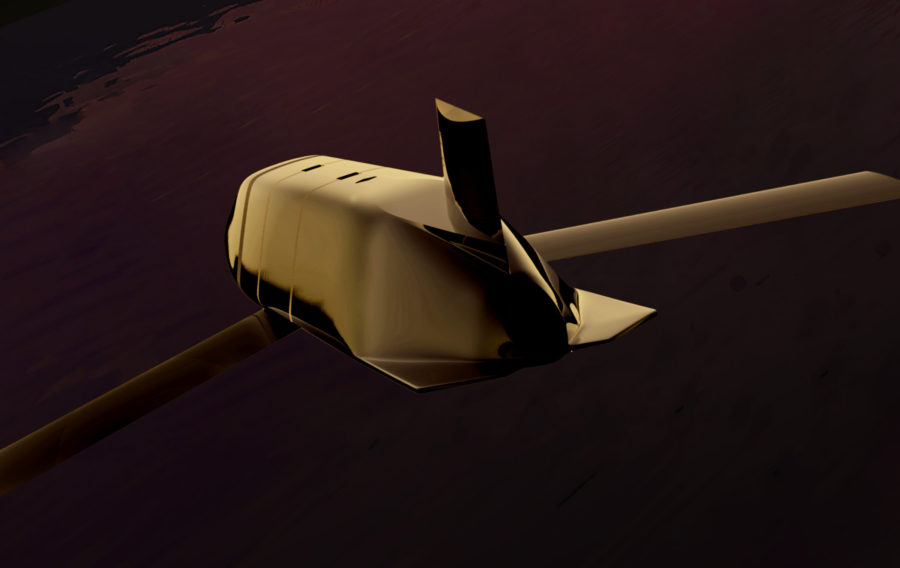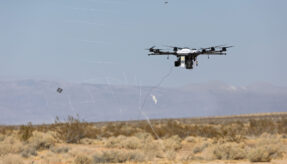
BAE Systems has collaborated closely with Lockheed Martin to deliver Long-Range Anti-Ship Missiles (LRASM) to the US Air Force, achieving Early Operational Capability (EOC) for the B1-B bomber ahead of schedule.
The Air Force accepted delivery of production LRASM units following successful simulation, integration, and flight tests that demonstrated the missile’s mission readiness.
“We’re quickly delivering critical capabilities to warfighters to meet their urgent operational needs,” said Bruce Konigsberg, Radio Frequency (RF) Sensors product area director at BAE Systems. “Our sensor systems provide U.S. warfighters with a strike capability that lets them engage protected, high-value maritime targets from safe distances. The missile provides a critical advantage to U.S. warfighters.”
BAE Systems’ long-range sensor and targeting technology enables LRASM to detect and engage protected ships in all weather conditions, day or night, without relying on external intelligence and navigation data.
BAE Systems and Lockheed Martin are working closely together to further mature the LRASM technology. The companies recently signed a contract for the production of more than 50 additional sensors and are working to achieve EOC on the U.S. Navy’s F/A-18E/F Super Hornet in 2019.
The advanced LRASM sensor technology builds on BAE Systems’ expertise in electronic warfare (EW), signal processing, and targeting technologies, and demonstrates the company’s ability to apply its world-class EW technology to small platforms. The successful LRASM sensor program demonstrates the company’s ability to quickly deliver advanced EW technology to warfighters.
If you would like to join our community and read more articles like this then please click here.
BAE Systems Lockheed Martin Long-Range Anti-Ship Missiles LRASM







